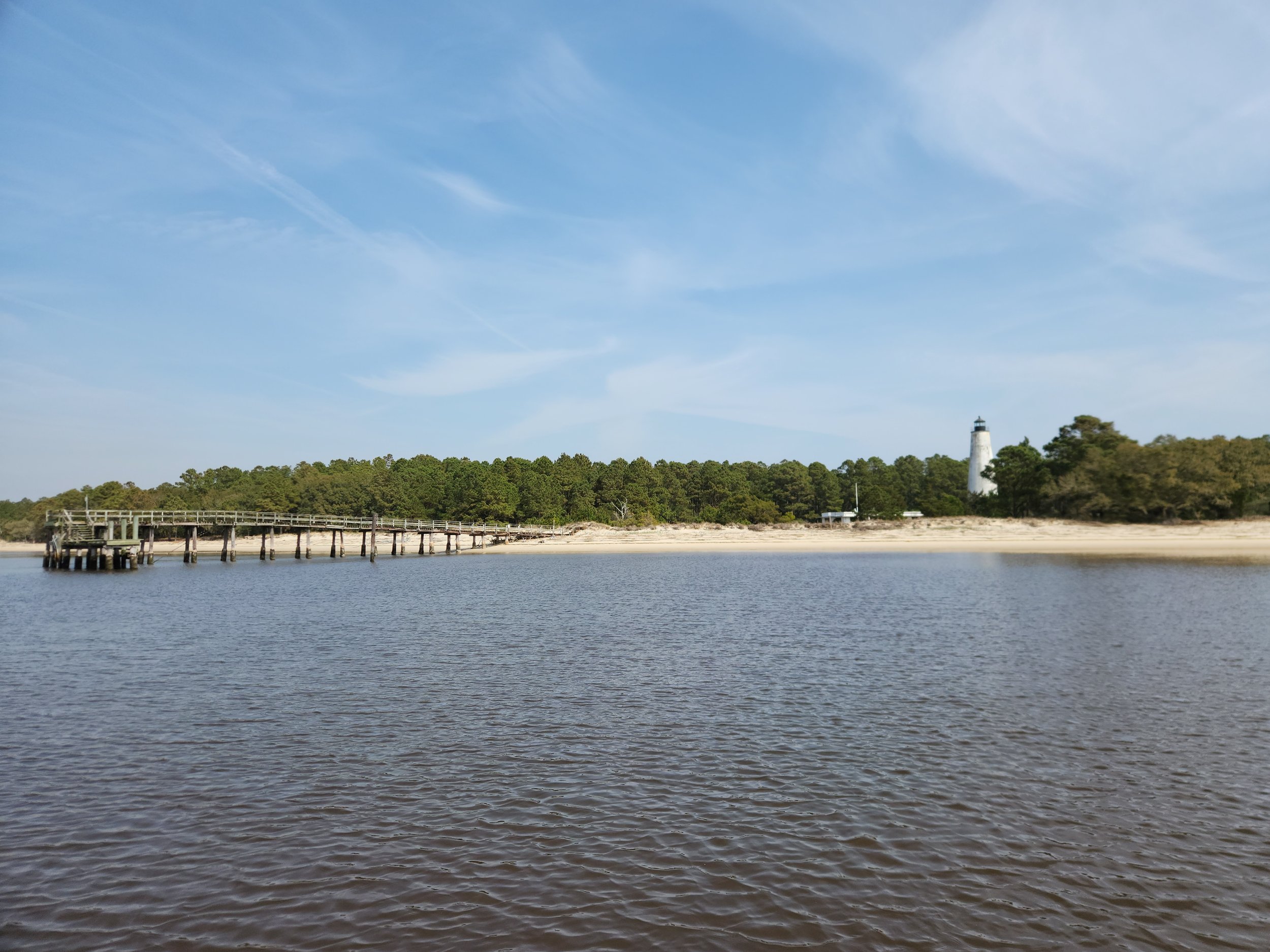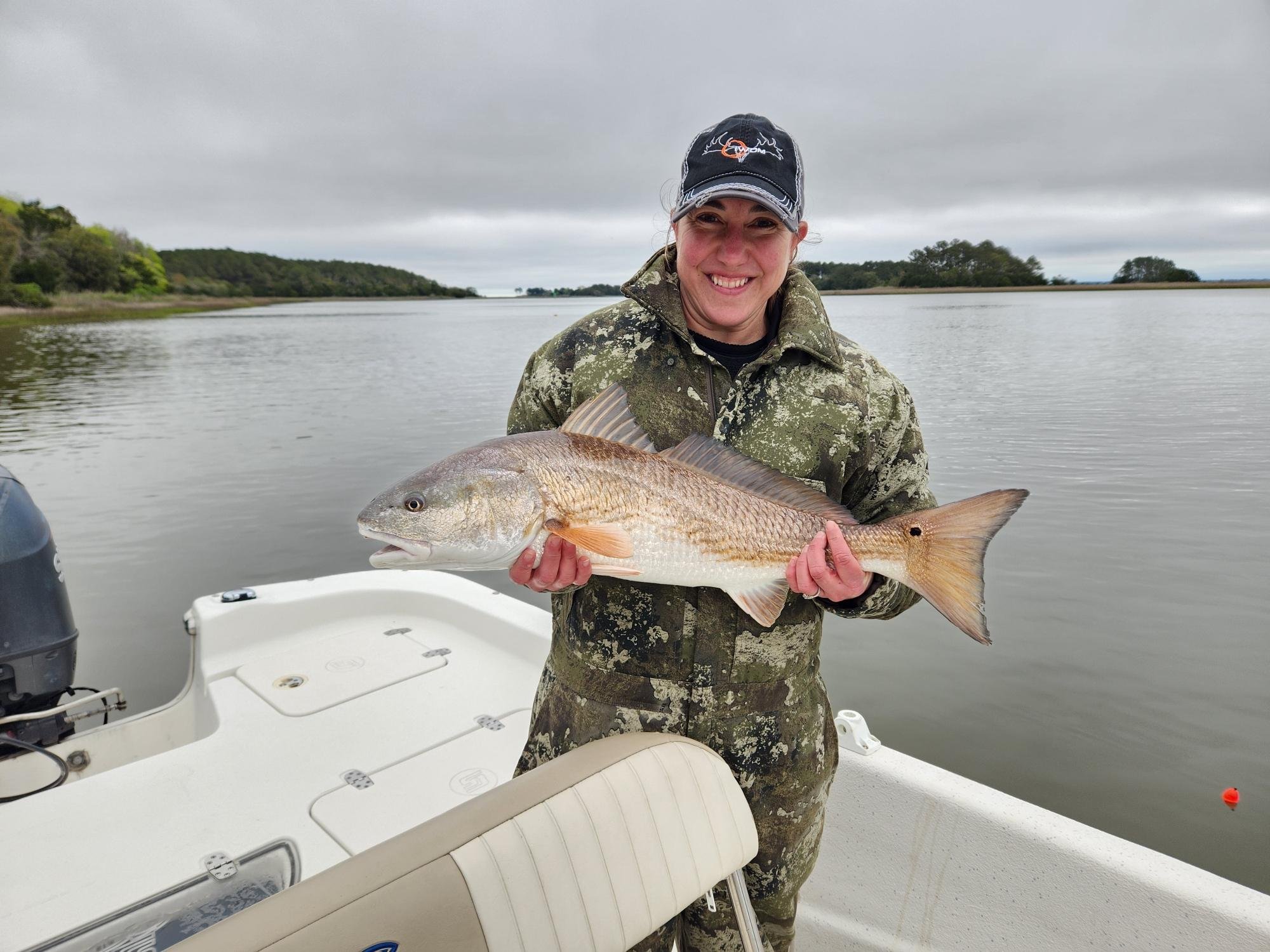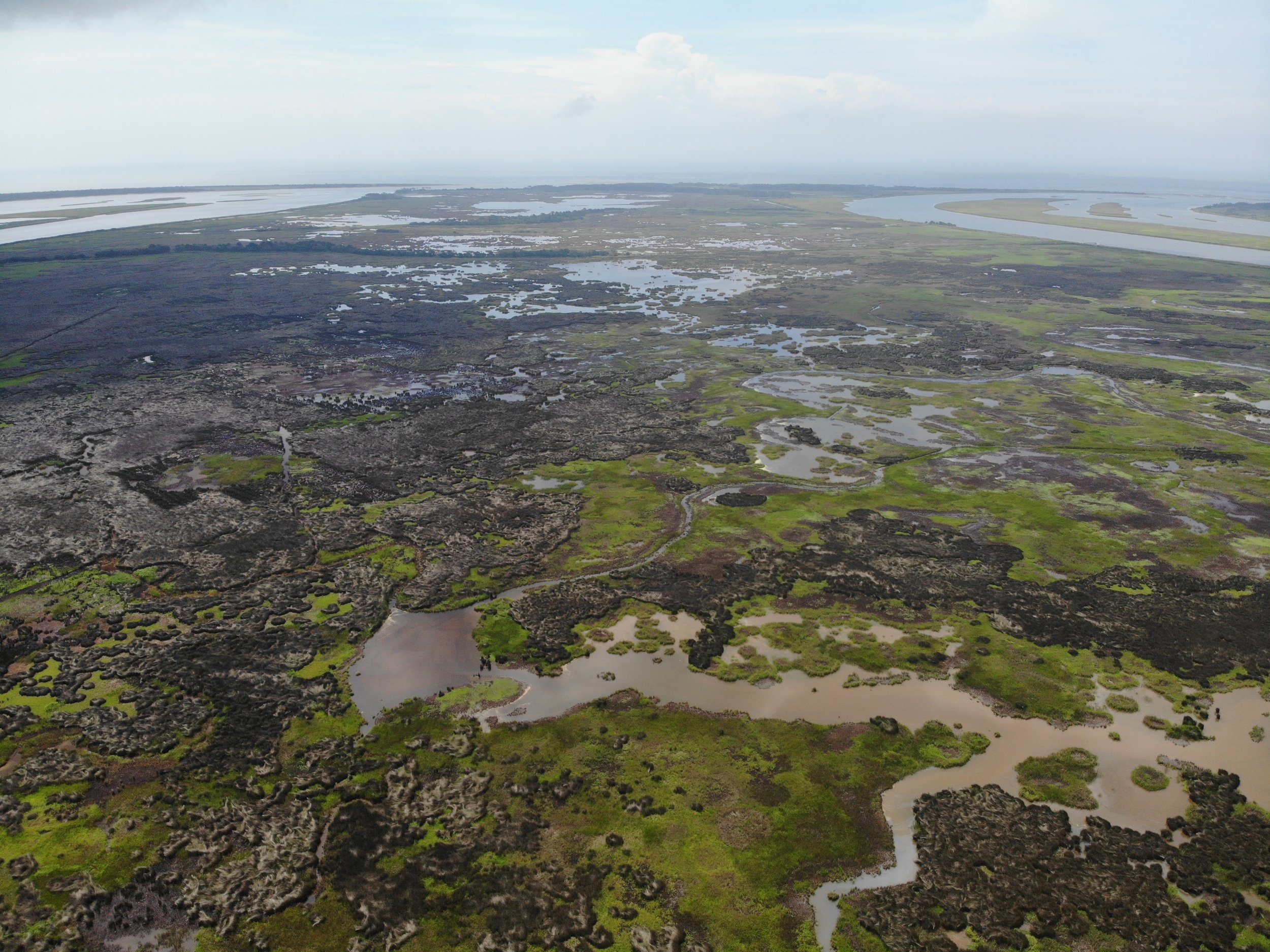
Georgetown Fishing Charters
FISHING CHARTERS IN GEORGETOWN
Before emptying into the Atlantic, the Waccamaw, Black, Sampit, Pee Dee, and Santee Rivers flow through and around the city of Georgetown, SC. The deltas, marshes, and bar built estuaries formed by the river's flow and tidal currents, along with the jetties built for the town's industry, make Georgetown a hotbed for any type of South Carolina saltwater fish. Tarpon, Redfish, Spotted Seatrout, Flounder, Black Drum, Sheepshead, Shark, and many other fish, are abundant in these areas during different times of the year. North Inlet, Winyah Bay, and the Santee Delta, are all excellent fisheries allowing anglers to try many different styles of fishing.
The first thing most people notice about Georgetown is the incredible scenery. Even the most seasoned anglers are taken back by the miles of undeveloped coastline and barrier islands surrounding the areas we fish. A short boat ride quickly takes customers out of Georgetown’s small historic district and into truly wild areas. Alligators, bald eagles, osprey, porpoise, dolphin, otters, blue herons, and many other species of wildlife call over 60,000 acres of wildlife preserves and reserves home.
The estuaries in Georgetown County are formed by the Santee, Pee Dee, Black, Sampit, and Waccamaw rivers. The flow of these waters on their way to the ocean forms sand and mud flats, deep channels, and sandbars all adding together to create an incredible fishery. These formations create the perfect habitat to sustain millions of bait fish. That’s why when you’re trophy fishing in Georgetown for a bull redfish or tarpon, whatever you catch will be big!
Georgetown’s long history is hidden throughout North Inlet, Winyah Bay, and the Santee Delta. It’s not unusual to catch an overslot redfish along a bank and look up to see the ruins of a brick Storm Tower in the Santee Delta. These structures were built in the early 1800s to protect enslaved individuals working the rice fields from the powerful winds and flooding waters of a hurricane. Or catch a doormat flounder in North Inlet in front of an unusual circular oyster mound. These are known as Shell Middens created by the nomadic Waccamaw Native American tribe. Or even catch a gator speckled trout in Winyah Bay right next to the remains of the Harvest Moon, a side wheel steamship. It is the only ship that the North lost in the Civil war, and its smokestack can still be seen in Georgetown today.
What makes a Georgetown Fishing Charter so unique?
GEORGETOWN INSHORE FISHING
Getting into North Inlet from Georgetown can be a challenge if you aren't familiar with Mud Bay, but get ready for some world class fishing if you make it in. Light tackle, fly fishing, top water, the tried and true Carolina rig, and many other fishing methods work well in this enormous marsh. On certain days the water is so clear here you won't believe you're fishing in South Carolina.
Winyah Bay is often the main attraction for fishers traveling to Georgetown. Tidal currents combine with the flows of the Pee Dee, Black, Sampit, and Waccamaw Rivers create islands, mud flats, creeks, oyster beds, marshland, and sandbars, allowing countless fishing hot spots for whatever is on your bucket list. Jetties line the mouth of Winyah and sit just above, or a few feet under the surface, creating some of the best fishing on South Carolina's coast. Rising and falling tides flow over these rock structures, carrying large schools of bait, and attracting tons of hungry sea monsters.
WINYAH BAY
Cedar Island splits the Santee River ten miles before it reaches the Atlantic. Its basin stretches as far west as Greenville, SC and as far north as Hickory, NC, creating the second largest river on the east coast. The flow of this river combined with the tide, creates two large deltas. Thousands of oyster beds, mud flats, and sand bars are hidden in this delta, creating perfect areas for large predators to wait. Tidal creeks, marshland, and small islands create the perfect environment for menhaden, mullet, and shrimp to thrive. With this amount of bait attracting large fish, your chances are high to hook into a Bull Red, Gator Trout, Doormat Flounder, or even a Megalops Atlanticus, better known as Tarpon!"









